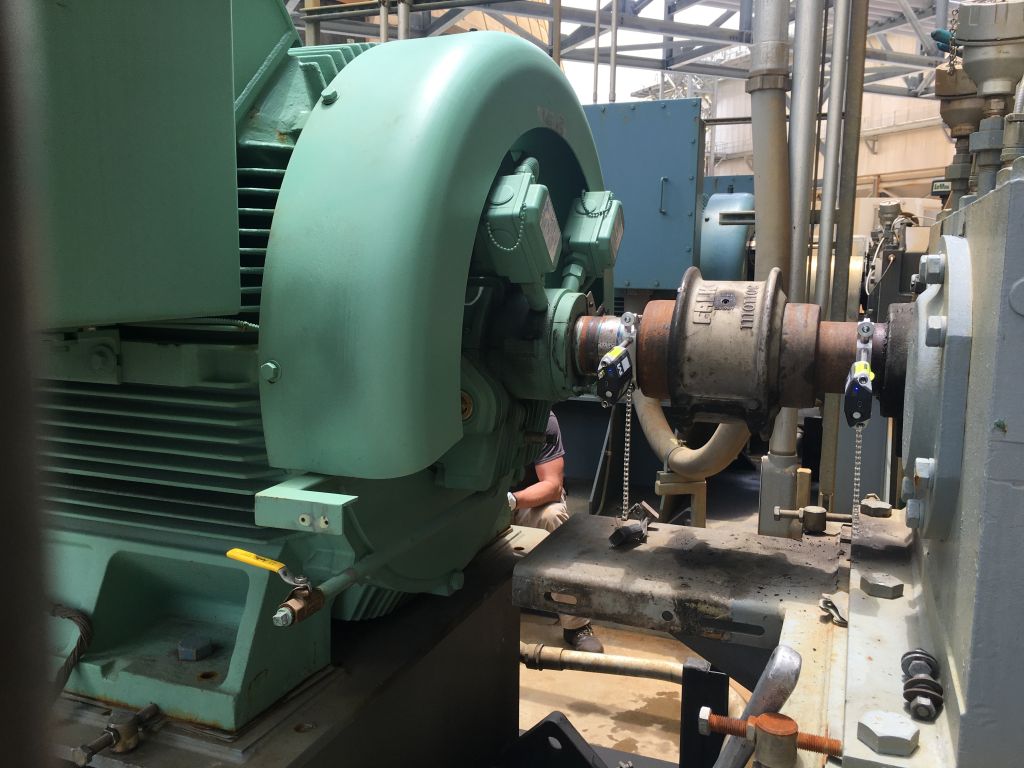A customer called me recently with concerns about a pump alignment job he completed about six months earlier. He had checked the alignment again and found that the alignment values changed. He was concerned that he had done something wrong.
I explained to him that he was performing the alignment correctly, however, the machine could have moved. How? He asked. Good question!
The (possible) answers:
- The initial alignment was completed before the piping was installed, or the motor was wired up.
- The concrete and/or grout may have settled.
- The piping may not have been properly supported, could have moved the pump around, or thermal changes in piping (like stress relief in the welds) could have played a part.
- Start-up torque could shift the motor.
Tips on Installing New Equipment
When installing new equipment, I recommend aligning the machine:
- As soon as it is unloaded from the truck: By doing this, the driving or driven components can be moved as needed. This will also minimize the chance of having a bolt-bound or base-bound condition later on.
- When the machine is bolted down: It should be close to the initial alignment, so moves might be small. Anchoring the pump base to the foundation can change alignment, by twisting the base/machine frame.
- After all piping and conduit have been connected: Pipe and conduit strain (either from rigid or flex conduit) can also change the alignment quality. It is also possible that someone could have loosened a pump to “align” it to the pipe flange.
- Six months after startup: This will confirm whether grout, settling, or other changes in alignment have taken place.
- If possible, annually (as part of a PM): You may find that, once the machine has “settled in” it never changes or you might find that it moves a little bit from year to year.
An alignment check is quick. If you are going to perform a PM check on a machine, and it is already locked and tagged out, and the guards are removed, an alignment check should only take a few minutes.
It just may save you from having problems later on.



